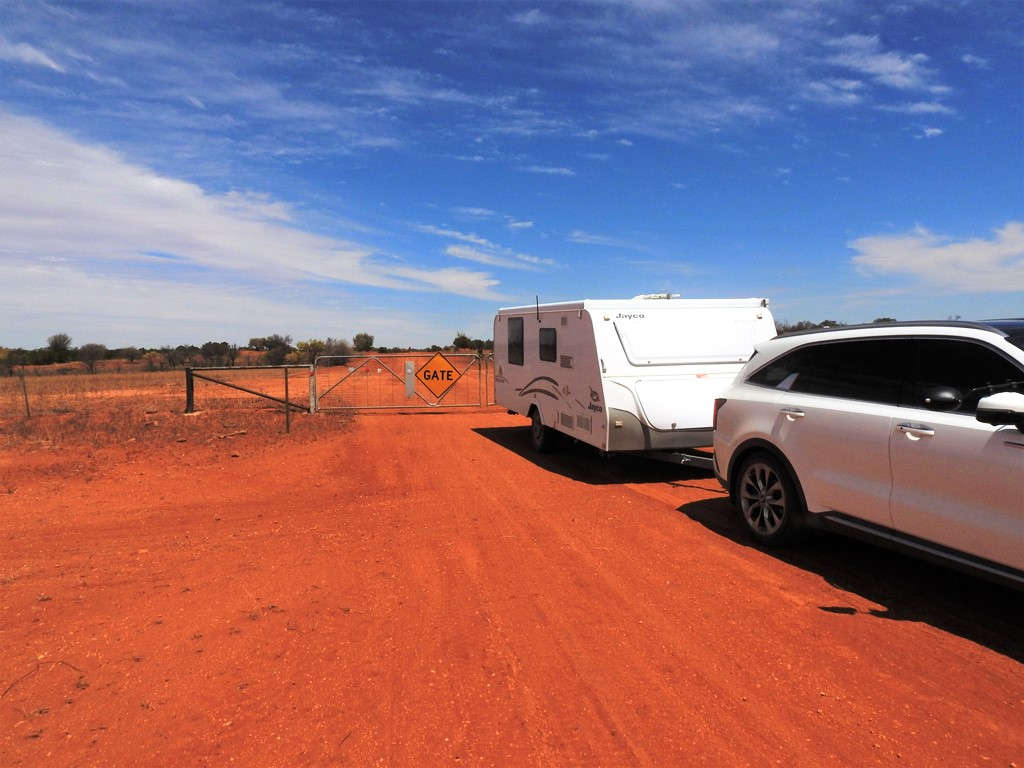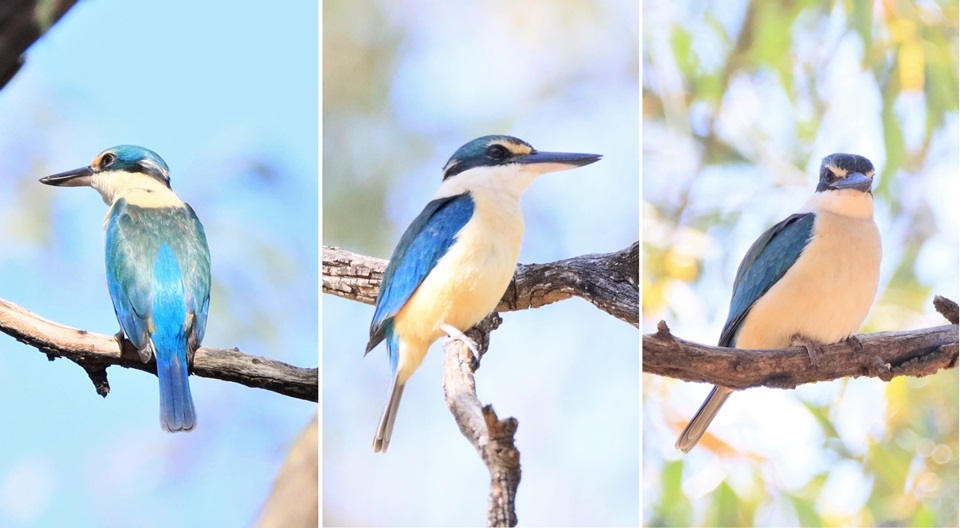Bird Life, Inland New South Wales
October 11, arrived allowing regional travel to begin. I immediately left Mollymook and travelled to the Mutawintji National Park. Exiting the sealed roads, you have about a 1 & 1/2 hour drive along the dirt Waterbag Road through numerous huge sheep stations, opening and closing cattle gates, other stations were separated merely by cattle grids en route to the Mutawintji National Park. Mutawintji is in Far Western NSW, approx. 130 km from Broken Hill and 350 km from Tibooburra. The ancient landscape of the Mutawintji National Park, is rich in Aboriginal history. Great bushwalks and camping under the outback night sky.
I returned via Boorowa. Every entry into Boorowa has signage; “Superb Parrot, Superb Country, Welcome to Boorowa”. In the past 30 years driving through Boorowa I had never seen a Superb Parrot. Neither had a friend who grew up in Boorowa. So I just thought the signage to be a bit of nice advertising. The weather was not good, I parked at the Caravan Park, awoke in the morning to showers and an overcast sky and decided to pack up and go home rather than stay a day. Then, SWOOSH! The noise of about 50 or 60 Superb Parrots went overhead and landed in this tree next to the caravan park that was heavy in blossom.
The following week in beautiful weather, blue skies, ideal for bird photography, I took off on another trip out West. My first stop was the Boorowa Caravan Park hoping to get some good pics of the Superb Parrot. The tree that had been heavy in blossom had been stripped bare. Not a Parrot to be seen. So I headed to Young, not far from Boorowa and came across flocks of Superb Parrot’s. Thereafter I headed to Grenfell, then Forbes, the following day to Cowra, back to Boorowa then onto Jugiong. Then to the Yass River and gorge area on the way home.
The following pics below, are just a few of the many bird pics taken. Nonetheless they will give you an idea of the different varieties inland as compared to here on the coast.
(Click to enlarge to pic)
*************************



